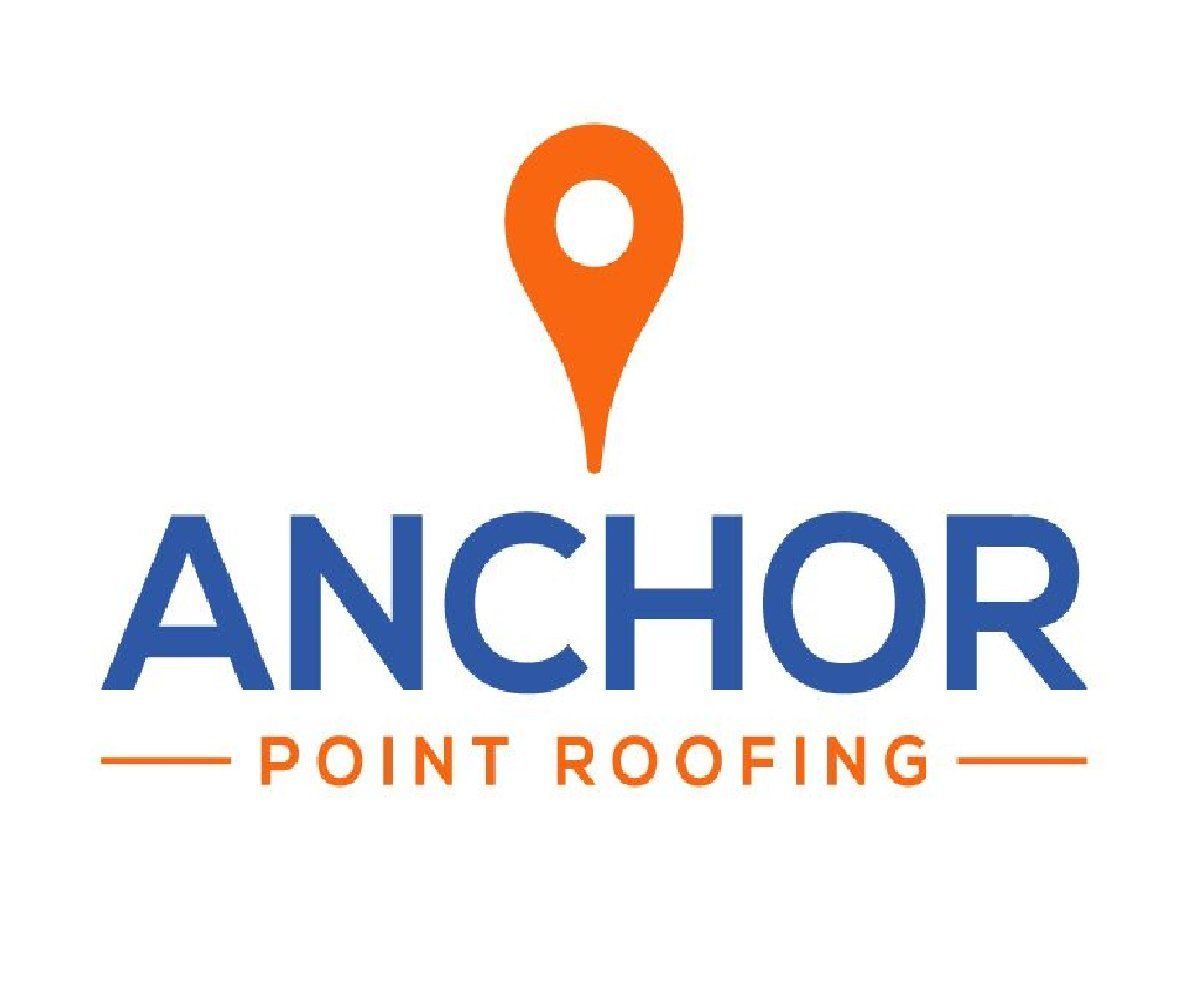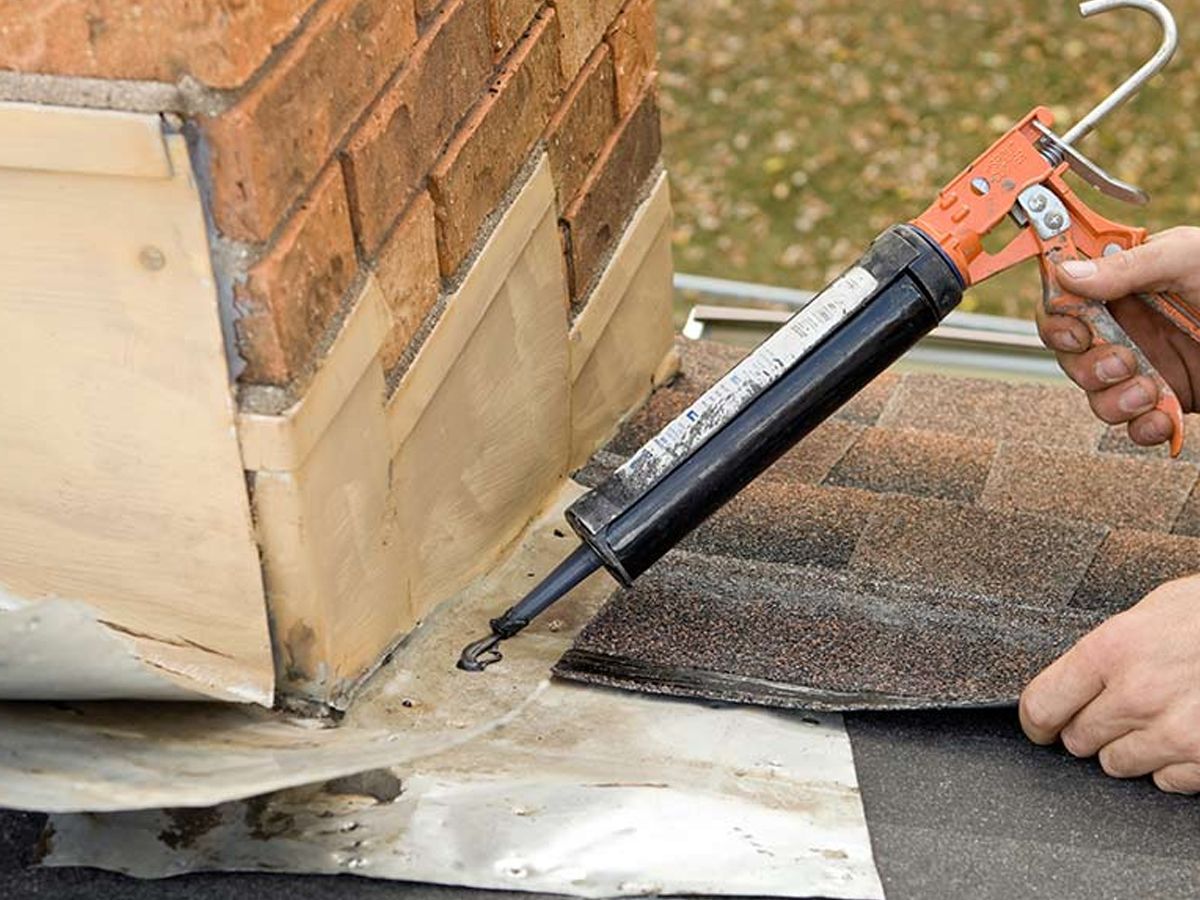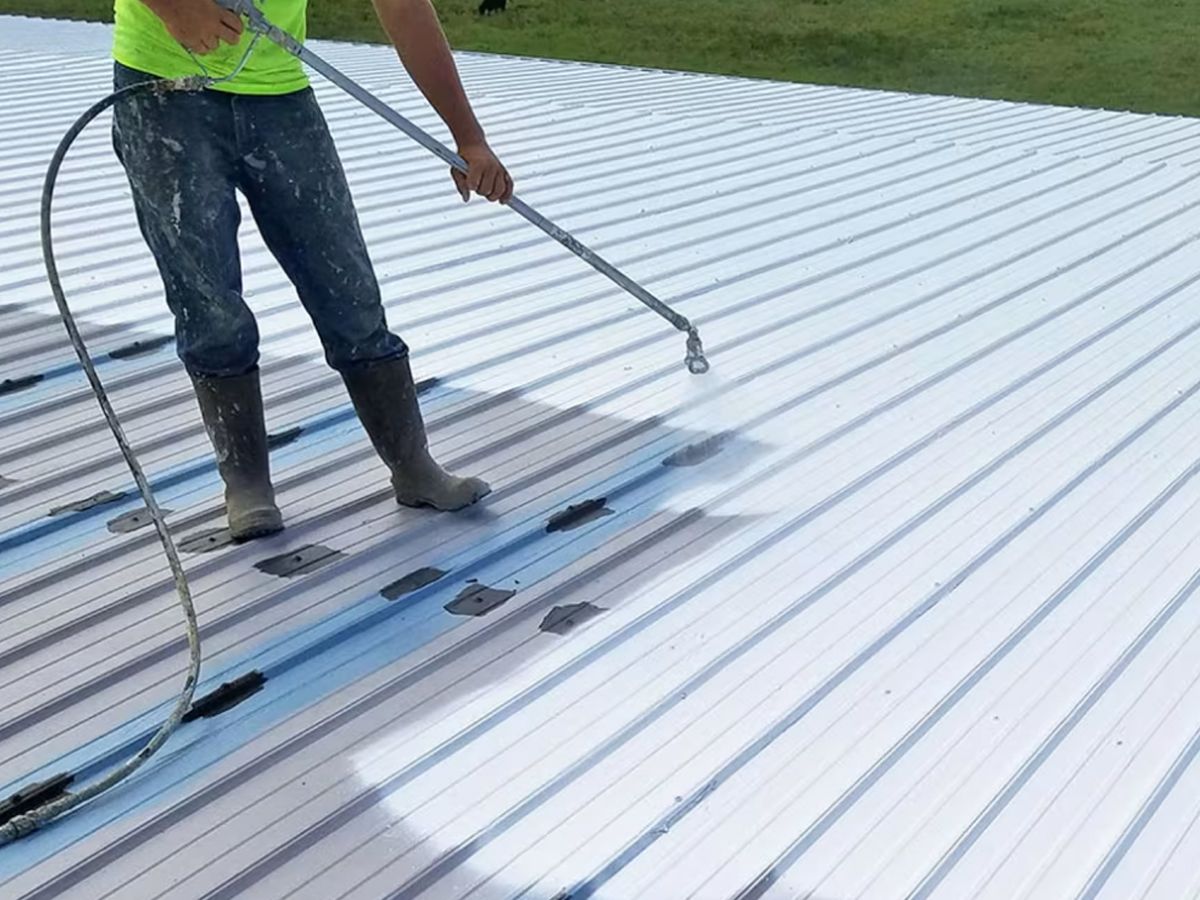About The Author
ANCHOR POINT ROOFING
When it comes to building design and construction, there are numerous elements that play crucial roles in maintaining the integrity and functionality of a structure. One such element that often goes unnoticed is the roof scupper.
Roof scuppers are an essential component of any building’s drainage system, ensuring that rainwater and other forms of precipitation are efficiently channeled away from the roof and foundation. In this blog post, we will help you have a deep understanding of:
- What a roof scupper is
- Why it is important
- The cost considerations
- The different styles available
Wondering if a roof scupper is the solution you’ve been looking for? Keep reading to find out!
WHAT IS A ROOF SCUPPER?
A roof scupper is a drainage device designed to allow rainwater, melted snow, and other forms of precipitation to exit the roof of a building and be directed to a safe location, such as a downspout, gutter, or drainage system.
Essentially, a roof scupper is a small opening or channel that is strategically placed along the edge of a roof or in a parapet wall, allowing excess water to flow out of the building. Roof scuppers are typically found on flat or low-sloped roofs, as they are particularly effective in preventing water from pooling and causing damage.
4 REASONS WHY ROOF SCUPPERS ARE IMPORTANT
If you already have a roof drainage system in place, is a roof scupper really going to make that much of a difference? We think so! Here are 4 reasons why they are so important.

1) PREVENTS WATER ACCUMULATION ☂️
One of the primary functions of roof scuppers is to prevent the accumulation of water on the roof’s surface. Without proper drainage, rainwater can pool on the roof, leading to structural damage, leaks, and even roof collapses in extreme cases. Roof scuppers ensure that water is quickly and efficiently removed from the roof, reducing the risk of such issues.
2) PROTECTS ROOFING MATERIAL 🦸♂️
Roofing materials, whether they are shingles, membrane roofing, or other types, are designed to shed water, not hold it. Excess water can deteriorate roofing materials over time, leading to costly repairs or replacements. Roof scuppers help extend the lifespan of the roofing system by preventing prolonged exposure to moisture.
3) PREVENTS ICE DAMS 🧊
In regions with cold winters, ice dams can form on roofs when snow melts and refreezes at the eaves. Roof scuppers provide an additional means of drainage, reducing the likelihood of ice dams and the associated problems they can cause, such as water infiltration and damage to the roof structure.
4) PROTECTS BUILDING INTERIOR 💪
Roof leaks and water damage can be disastrous for a building’s interior. Mold growth, damaged ceilings, and ruined insulation are just a few of the potential consequences. Properly functioning roof scuppers help keep the building interior dry and free from water-related issues.
THE COST OF ROOF SCUPPERS
The cost of installing roof scuppers can vary widely depending on several factors, including the size of the building, the type of roofing material, the complexity of the drainage system, and local labor and material costs. Generally, the cost of roof scuppers can be broken down into the following components:

- Material Costs: Roof scuppers are typically made from materials like stainless steel, aluminum, copper, or galvanized steel. The cost of the materials will depend on the chosen material, as well as the size and quantity of scuppers needed for the project.
- Labor Costs: Labor costs include the installation of the scuppers, which can vary based on the complexity of the roofing system and the skill level of the laborers. More intricate installations may require more time and expertise, increasing labor costs.
- Design and Engineering Costs: The design and engineering of a roof scupper system may require the services of professionals, such as architects or engineers, to ensure that the drainage system is properly designed and integrated into the building’s structure. These services come with associated fees.
- Maintenance Costs: While not an upfront cost, it’s important to consider ongoing maintenance expenses to ensure that roof scuppers remain functional over time. Regular inspections and cleaning may be necessary to prevent clogs and blockages.
The cost of installing roof scuppers can range from a few hundred dollars for a simple residential installation to several thousand dollars for a large commercial or industrial building with complex drainage needs. However, the investment in roof scuppers is well worth it when you consider the potential savings in roof repairs and the protection they provide for the building and its occupants.
5 DIFFERENT STYLES OF ROOF SCUPPERS
Roof scuppers come in various styles and designs, allowing for flexibility in their integration with different architectural aesthetics and roofing systems. Here are some common styles of roof scuppers:
1) TRADITIONAL SCUPPERS:
Traditional scuppers are simple, rectangular openings with a lip or flange that directs water away from the building. They are often made of durable materials like copper or stainless steel and can be integrated into various architectural styles.
2) PARAPET SCUPPERS:
Parapet scuppers are typically installed in the parapet walls of a building, providing a concealed and aesthetically pleasing drainage solution. They are commonly used in commercial and industrial buildings.
3) BOX SCUPPERS:

Box scuppers are designed with a rectangular or square shape and are often used in modern and minimalist architectural designs. They provide a clean and sleek appearance while efficiently channeling water away from the roof.
4) DECORATIVE SCUPPERS:
For residential and high-end architectural projects, decorative scuppers can be customized to enhance the building’s aesthetics. These scuppers can take on various artistic designs and materials to complement the overall look of the structure.
5) OVERFLOW SCUPPERS:
Overflow scuppers are used as a backup drainage system to prevent water from accumulating on the roof during heavy rainfalls. They are typically installed higher up on the parapet wall and only come into play when the primary scuppers become overwhelmed.
GET A PROPER DRAINAGE SYSTEM
Roof scuppers may not be the most glamorous aspect of building design, but they are undeniably essential in ensuring the longevity and functionality of a structure. By efficiently channeling rainwater away from the roof, roof scuppers protect the roofing system, prevent water-related damage, and contribute to a safe and comfortable interior environment.
If you think a roof scupper might benefit your home, Anchor Point Roofing can help! Contact us today and get a free quote for your installation!





